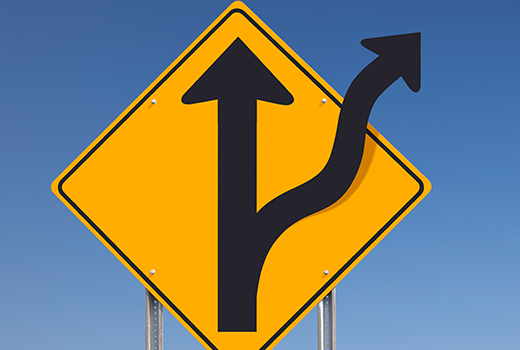On Tuesday, October 26 the Substance Abuse and Mental Health Services Administration (SAMHSA) released the 2020 National Survey on Drug Use and Health (NSDUH). Sadly, the findings are no surprise to most who work on substance use and addiction issues: Over 40 million people or 14.5 percent of people ages 12 and older had a Substance Use Disorder (SUD) in the past year (Note: these figures use a new DSM V definitional criteria from prior years). The CDC provisional 2020 data indicates that overdose deaths were up to 93,331 people – more than 20,000 deaths above the previous high in 2019 and the largest single-year percentage increase on record since 1999.
Those are the numbers that made all the headlines. But if you dig in a couple layers lower, the new data presents the confounding problem in addressing the addiction epidemic in America that billions of dollars in new federal appropriations for SUD is not going to solve if invested the same way as we have historically: Just over 4 million people or 1.4 percent of people received any kind of SUD treatment – meaning approximately 38.5 million people (over 90 percent) who were identified as needing SUD services did not receive them.
Want more daily health intelligence from Third Horizon Strategies? Sign up for Tea Leaves – a free daily newsletter capturing a rundown of the most important health industry activity!
Only 948,000 of those individuals in that treatment gap perceived a need for treatment while 37.5 million people who met DSM V criteria did not perceive they needed SUD treatment. Dig a little deeper and you will find the real data that matters if we are going to ever chip away at the headline statistics anytime soon: the top two reasons why the 948,000 people who thought they needed SUD treatment did not get it were 1) no health coverage or could not afford cost of SUD treatment (19.1 percent), and 2) did not find a program that offered the kind of treatment that was wanted (14.4 percent).
This confounding problem is not simply a problem with human lives at stake, but one of enormous economic implications for the health care industry in its search of finding pathways to improving value and efficiencies. The mounting claims-based evidence is clear that individuals diagnosed with SUD is a leading driver and indicator of total health care expenditures – the majority of who are not receiving health services for their SUD. So, for health care industry leaders, how do you increase utilization of SUD services for those in need, when the majority of those individuals either don’t perceive a need, or can’t afford it, or most telling of all –are not seeing, interacting, connecting, being linked, or engaged into anything they want?
The financing mechanisms that lie behind treatment service options available in communities remain the decisive drivers of primarily acute care service models that require individuals to make significant time and life commitments – they can enroll in residential services where they need to live somewhere, not work, and be away from home for a month or more, or they can engage in intensive out-patient models that often require upwards of a 20+ hour/week commitment. These acute-focused models persist as almost the only care options in the market, despite all of the research supporting the chronic nature of addiction and the long-term recovery-oriented approaches for combating the illness.
This is not an artifact resulting from a lack of evidence, but the residual effect of existing behavioral health and addiction services that have been developed in isolation – underfunded and disconnected from where most individuals initially present with an SUD, namely emergency rooms, urgent care, primary care offices, and criminal justice systems. In most fee-for-service payment models for addiction, providers and payers are unable to control or directly influence all facets of a person’s recovery journey, including the various manifestations of recovery disruptions.
Since 2019, Third Horizon Strategies has convened The Alliance for Addiction Payment Reform (Alliance) – a group of national non-profit stakeholders, diverse provider associations, managed care companies, specialty providers, health systems, information technology solution companies, and subject matter experts who view the disintegration of economic resources as chiefly responsible for the fragmentation of addiction treatment and recovery services. To respond to this confounding problem the Alliance collaboratively developed an alternative payment model and framework – The Addiction Recovery Medical Home – that corresponds with a comprehensive longitudinal integrated treatment and recovery network care model that has the potential to create new engagement opportunities for individuals in need with SUD services and importantly the financial pathway for providers to develop creative and innovative care models that can be responsive to what individuals seeking care want, need, and can afford. Not simply what the existing billing codes of today will reimburse.
For health care leaders the gravity of these headlines requires important strategic considerations that support pushing our SUD systems towards population health management strategies beyond our historically fragmented and acute specialty services for addiction treatment. The time has come to radically rethink the addiction continuum of care by developing new integrated treatment and recovery network strategies that can incentivize recovery, not relapse. To join and learn more about the Alliance and how its work supports systematic transformation for SUD services in an effort to reach the 38.5 million people falling through the cracks of our existing health response to addiction, please visit www.incentivizerecovery.org.

